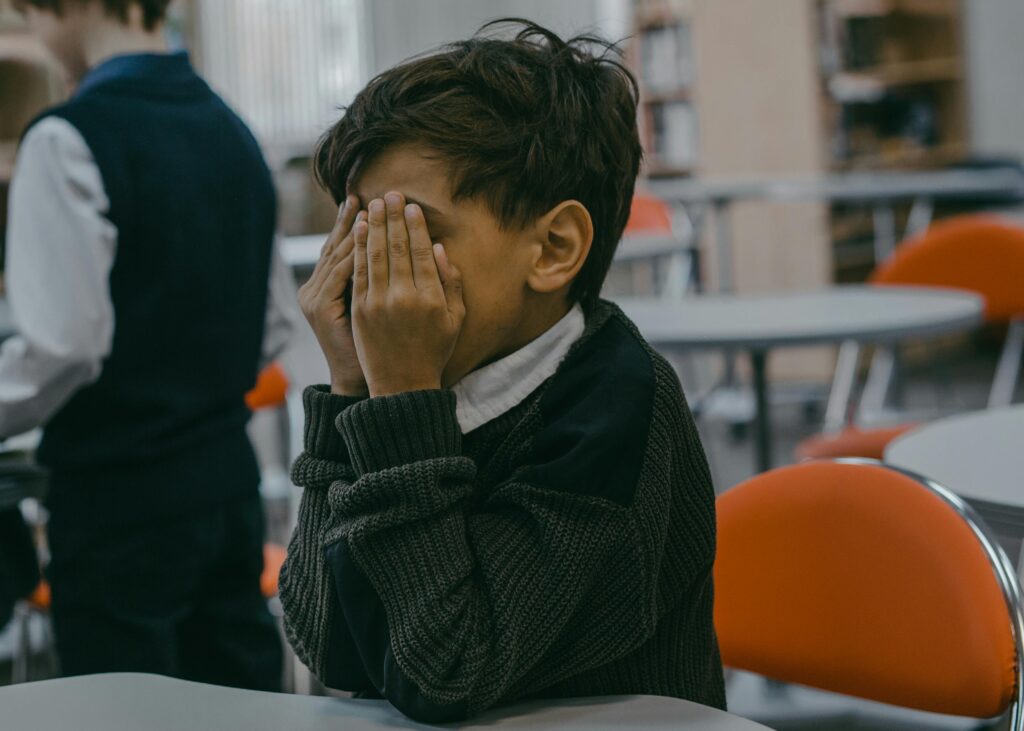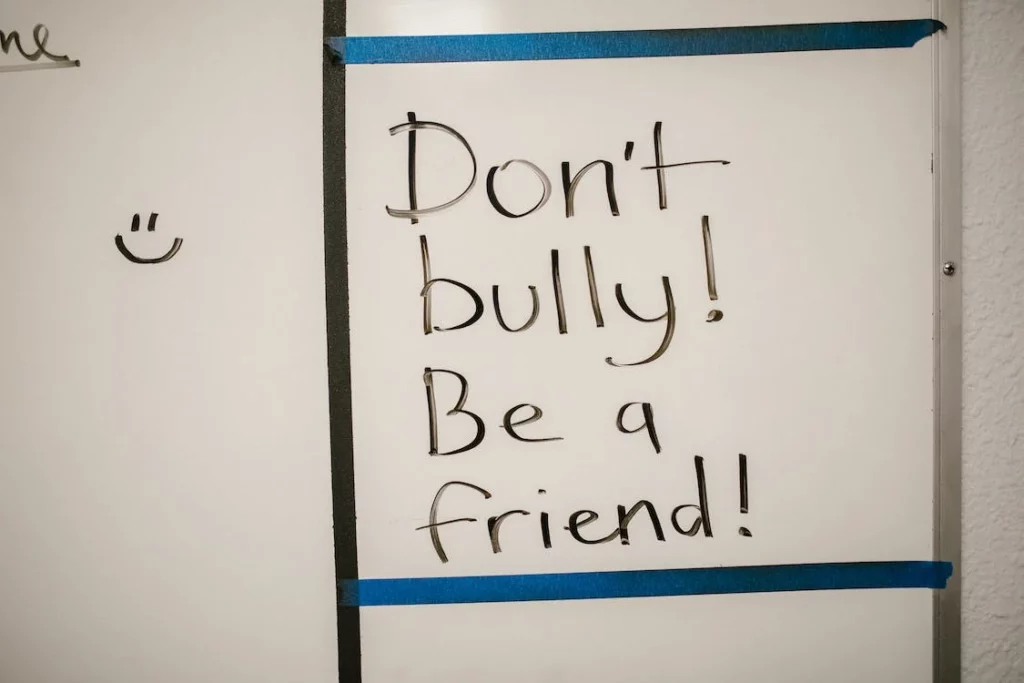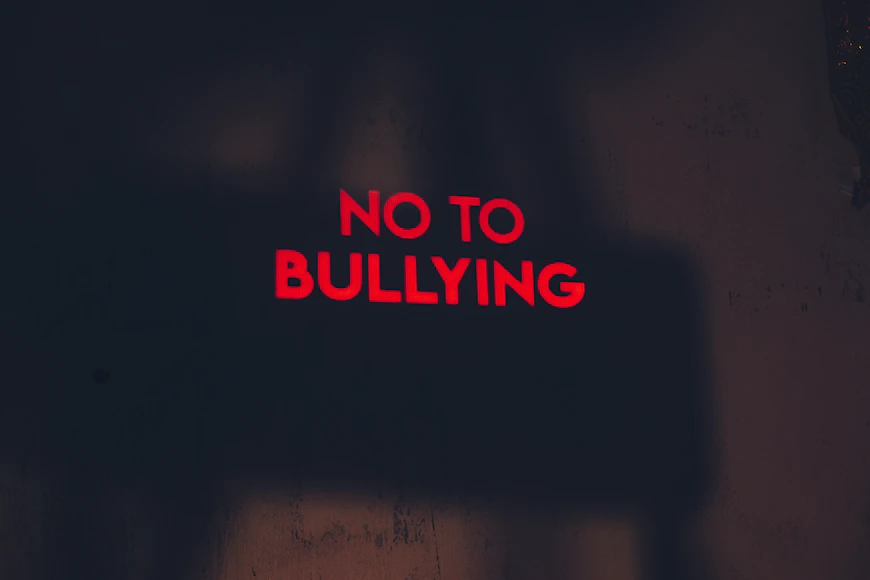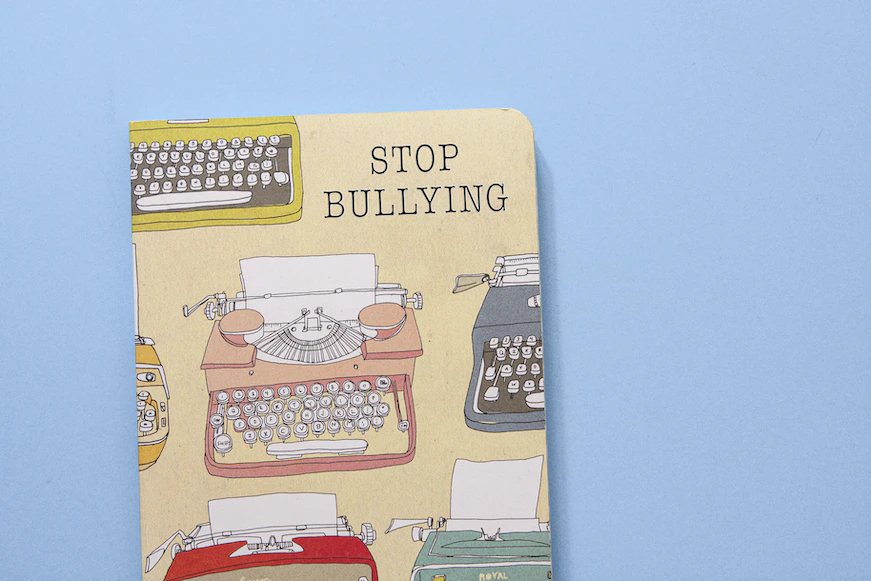"Children are vulnerable. It's our duty as parents to empower them to recognize and speak out against abuse, no matter where it occurs."

It’s a sad truth we are seeing more reports about child abuse on the news in recent times, showing how vulnerable our youngest members of society are. Children are easier to hurt because they aren’t as strong or experienced as adults, and they trust grown-ups.
In 2023, a shocking video from Kinderland @ Woodlands Mart in Singapore showed a teacher being cruel to kids. They were forced to drink water and punished. It was a reminder that abuse can happen anywhere, even at school or by people we trust.
As parents, it’s our job to help our kids understand and be brave about abuse. This article is to help parents teach their kids to know when something is wrong, trust themselves, and speak up if they feel unsafe.
Teaching Them About Their Body Parts

When talking to kids about abuse, it’s crucial to give them the words to express themselves. Teaching them the right names for their body parts helps them communicate better. When they can talk about their bodies, it’s easier for them to ask questions or say if something feels wrong.
Kids also need to understand the idea of privacy for certain parts of their bodies. They should know that some areas are just for them and shouldn’t be touched by others. This helps them set boundaries and feel in control of their bodies. Check out our article on Emphasising Consent, Respect, and Boundaries in the ‘Powerful Talk: Parenting and Sex Education‘
Children should know that certain people, even adults like doctors, shouldn’t touch their private parts without permission or a good reason. At medical appointments, parents should always be there to make sure the child feels safe.
Boundaries aren’t just about physical touch; they apply to all kinds of relationships, like family, teachers, and older kids. Kids need to know that no one should have free access to their bodies. They have the right to say no to hugs or kisses, even from people they know well.
It’s important to help kids feel confident about setting boundaries. They should know they can choose who comes into their personal space and decide how others treat them. This gives them power over their bodies and teaches them that they deserve respect from others.
Spotting Warning Signs

In our efforts to protect our children from abuse, it’s crucial to help them recognise warning signs. From a young age, we should teach them to trust their instincts and notice anything that makes them feel uneasy.
Children need to understand what abuse is. It’s when an adult intentionally hurts or mistreats a child, and it’s never an accident. By explaining this to children, we give them a way to identify and react to potential dangers.
Physical abuse includes hitting, touching in a way they don’t like, choking, or beating. Children should know that these things are never okay, no matter what.
Emotional abuse is also harmful and can come in many forms, like threats, insults, or yelling. These behaviours can really hurt a child’s feelings and self-esteem.
We also need to teach children how to handle situations that make them uncomfortable. If they’re around someone acting strangely, encourage them to trust their instincts and get away. Let them know they can always talk to you about anything that worries them.
Using the Media to Make it Relevant

In today’s digital world, media plays a significant role in shaping how we understand the world. As parents, we can use this influence to empower our children to speak up about abuse by making it relevant to their lives. It’s essential to remember to stay near kids when they’re consuming media, especially if it’s something that might contain sensitive content. Some media consumption might require parents to watch alongside their children to guide them through the content and ensure they understand it properly.
One effective strategy is to initiate conversations with your child about current events or topics portrayed in the media. Whether it’s something trending on social media, a news story making headlines, a new movie release, or a popular TV show, these platforms offer valuable opportunities for discussion. Check out our article on How Movies and TV Can Address Real-life Issues for Teenagers in ‘The Impact of Movies and TV on Teenagers Today’
Start by asking your child’s opinion on the subject matter. What do they think about a particular news story? How do they feel about a character’s actions in a movie or TV show? By engaging them in dialogue, you not only gain insight into their thoughts and perspectives but also demonstrate that you value their opinions.
You could watch an episode of a TV show with your child and then ask follow-up questions about the themes or events depicted. This interactive approach not only helps your child feel more comfortable expressing their thoughts but also encourages critical thinking and analysis.
Using the media as a conversation starter allows you to transition into discussions about sensitive topics like abuse seamlessly. You can draw parallels between real-life situations and those portrayed in the media, helping your child understand the relevance and importance of speaking up about abuse.
Teaching your kids about how to differentiate between good and bad characters in media is also important. Discuss with them the actions and behaviours of the characters they see and help them understand the difference between positive and negative role models. This not only enhances their media literacy but also reinforces important values and principles.
Overcoming Fear

When discussing abuse with children, it’s crucial to create a safe and supportive environment where they feel empowered to speak up without fear. One of the most important messages we can convey is that they should never blame themselves if they find themselves in an unsafe situation. Seeking help is not only essential but also courageous and commendable.
Children may feel afraid to speak out about abuse, especially if they’ve been manipulated or threatened by the abuser. They might worry that they won’t be believed or fear retaliation if they disclose the abuse. It’s vital to reassure children that they won’t face any consequences for speaking up about inappropriate behaviour. No matter the abuser’s status or authority, abusive behaviour must be addressed promptly.
Above all, children need to know that their safety and well-being are the top priority, and they should never hesitate to seek help if they feel uncomfortable or unsafe. By building a foundation of trust and support, we empower children to overcome their fears and speak up about abuse. Together, we can break the cycle of silence and create a world where children feel empowered to assert their rights and seek help when needed.
In conclusion, abuse knows no bounds—it can happen anytime, anywhere, and is perpetrated by anyone. Whether it’s in the classroom, within the family, or elsewhere, the impact of abuse on its victims can be profound and lasting. For children subjected to such cruelty, the experience is often fraught with confusion and fear. They may feel uncomfortable or distressed without fully comprehending the gravity of the situation they find themselves in.
In the face of adversity, children have the potential to become resilient and courageous advocates for themselves and others. It’s our duty as adults to equip them with the tools they need to navigate the complexities of the world and stand up against injustice. Together, we can create a safer and more compassionate society—one where every child feels empowered to speak out against abuse and reclaim their right to a childhood free from harm.




